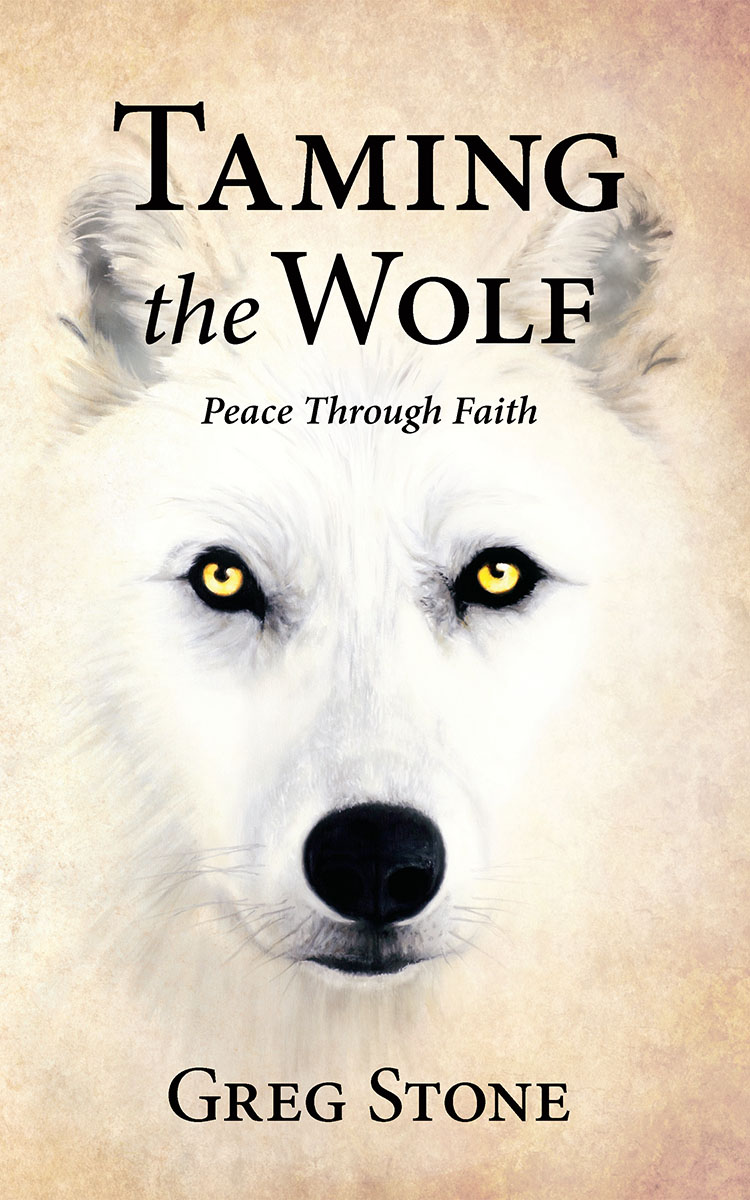When opposing parties become locked in battle, conflict persists. It resembles a runaway train: parties race toward disaster with Fate at the controls.
Taming the Wolf: Peace through Faith guides readers through conflict resolution with practical lessons. Taking a faith-based approach, it offers tools and techniques that will help people become mediators and peacemakers.
When the ruinous consequences of unresolved conflict appear on the horizon, disputants can turn to Taming the Wolf, a road map for reconciliation that brings the power of faith to peacemaking.
Who should read Taming the Wolf?
We all encounter differences with other people. Most often our differences are resolved quickly. We give little thought to our success, as we engage in mutual give-and–take. However, a small percentage of conflicts do not resolve easily. Sometimes differing interests, views, and needs give rise to escalating conflict. These clashes must be reconciled before they rob us of our happiness and success.
Taming the Wolf addresses differences that escalate into conflict. It speaks to all who desire happiness and harmonious relationships. The book peacemaking manual is for those who:
- face adverse consequences of unresolved conflict;
- desire to help others resolve conflict;
- lament the turmoil unresolved conflict inflicts on our world;
- dream of a more peaceful world where all can prosper;
- wish to deepen their faith through peacemaking;
- listen to divine love echo in their heart;
- desire to be a master peacemaker;
- suffer the bite of their own personal wolf;
- struggle with clashes between beliefs;
- do not follow a faith tradition, yet seek effective ways to resolve conflict.
The Taming the Wolf Approach
Taming the Wolf guides the reader through mediation from pre-convening to reconciliation. Peacemaking options are explored. Self‐assessment prompts guide reflections that help parties make informed decisions.
Spiritual Concerns
Taming the Wolf covers topics not ordinarily found in other texts on conflict resolution. The work introduces:
- the life of St. Francis of Assisi
- the “Prince of Peace” (Jesus Christ) as the ultimate model of reconciliation
- the role of the Divine in conflict resolution and reconciliation.
- the reasons a faith‐based conflict resolution model proves successful
- how Franciscan peacemaking is different than secular conflict resolution
The structure of Taming the Wolf
- Each chapter is divided into sections that include:
- excerpts from the legend St. Francis and the Wolf of Gubbio
- discussion of key mediation principles and conflict resolution themes
- prompts to guide self‐analysis and assessment
- resources for additional study
- scripture
Excerpts from the legend inspire contemplation: The story transports readers beyond simple logic and rote rules. Excerpts motivate students to enter into silent contemplation.
Mediation principles provide conflict resolution basics. This section prepares readers for an active and informed role in the process, providing knowledge and skills that make success possible.
The Franciscan View and Scripture soften previously hardened hearts. Logic, reason, and argument, which previously dominated a person’s thoughts, are eclipsed by a transcendent viewpoint. Intuition is sparked, new and unexpected insights emerge.
Why Read This Book?
Most people desire peace. They do not relish conflict, knowing it can exact a terrible cost. Yet, nonetheless, conflict seems inevitable. The desire to live in peace appears insufficient by itself. Rather, conflict management skills found in Taming the Wolf: Peace through Faith are required. Mediation and increased spiritual awareness are needed to overcome conflict.


